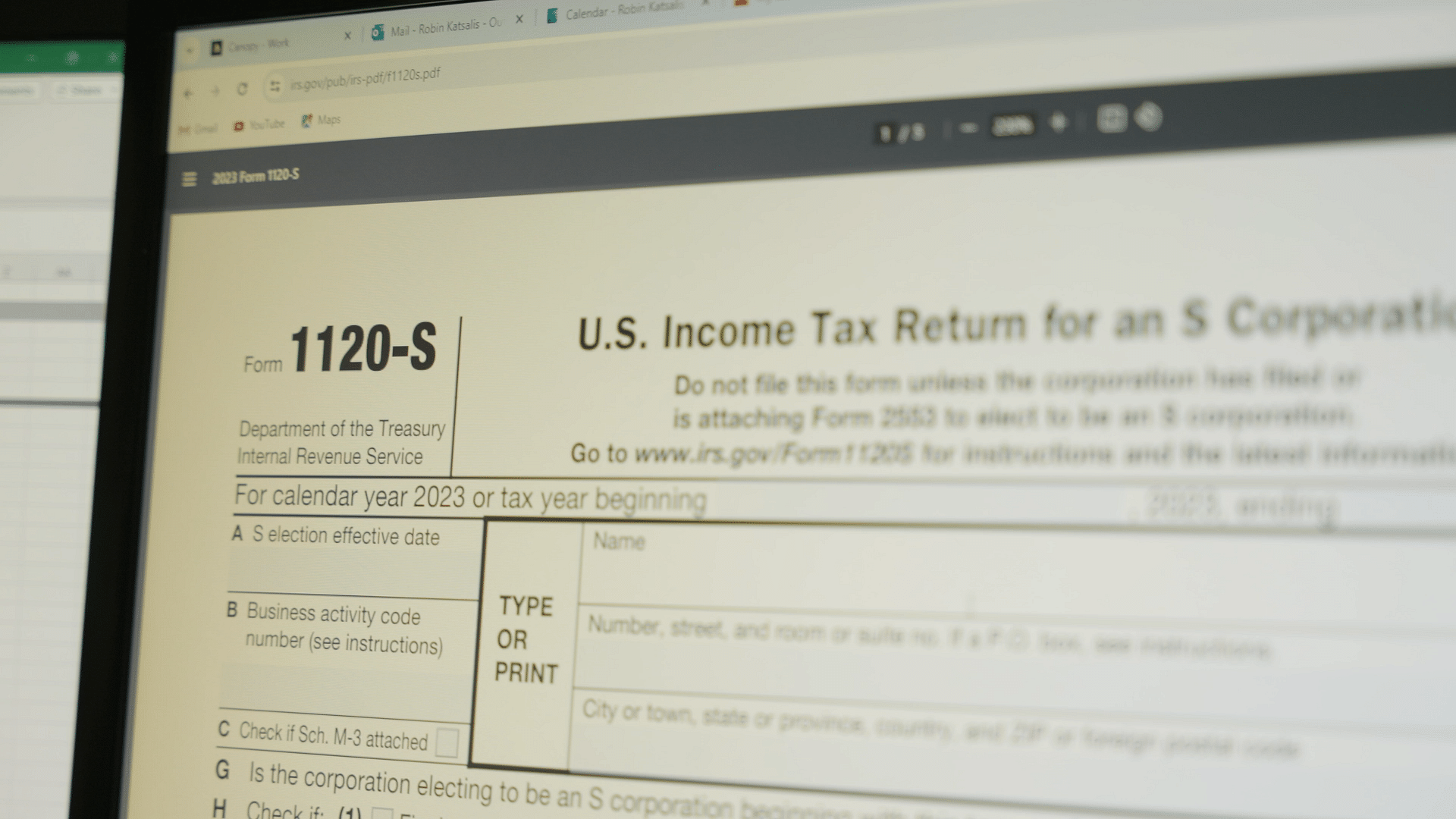
An Unwanted Surprise In Your Paycheck
Jan 29th, 2018
The Treasury Department recently announced revisions to the 2018 withholding tables to reflect the changes spurred by the Tax Cuts and Jobs Act (TCJA). Included in the law, employers can use worker's existing W-4 Forms already on file to make the adjustments to their withholding.
What that means for employers:
Since it isn't mandatory for employees to review their W-4 form after their initial employment, employers may want to reach out to workers to encourage them to thoroughly review their pay stubs after the first payroll with the new withholding rates. Additionally, new forms will be forthcoming from the IRS, so employers will need to again communicate with workers about completing the new form to update their individual withholdings.
What the changes mean for workers:
Some 90 percent of workers will see an increase in their weekly pay as a result of the TCJA according to Government estimates. The Tax Policy Center estimates that about 80 percent of all filers will see a tax cut, while approximately 5 percent will see an increase, and no change for the remaining 15 percent.
What's the issue?
Many Americans haven't reviewed or even seen their W-4 Form since they were hired, so changes to the withholding could have more serious impact on a family that has grown or shrank over the years. Tax payers who are either under or over-withholding aren't going to see the full impact of the change until it comes time to pay their 2018 income taxes - too late to make what could be costly changes. "The results could vary dramatically from one individual to the next," says Steven Feinberg, CPA and owner of Appletree Business Services in Londonderry, NH. "We are encouraging both employers and employees to review their withholdings, compare it to their current situation and make any necessary changes now rather than waiting a full year to see what the impact might be."
New Tax Brackets for 2018
| Single | Rate | Married |
| Above $500,000 | 37% | Above $600,000 |
| $200,001-$500,000 | 35% | $400,001-$600,000 |
| $157,501-$200,000 | 32% | $315,001-$400,000 |
| $82,501-$157,500 | 24% | $165,001-$315,000 |
| $38,701 -$82,500 | 22% | $77,401-$165,000 |
| $9,526-$38,700 | 12% | $19,051-$77,400 |
| Up to $9,525 | 10% | Up to $19,050 |
Source: Joint Explanatory Statement of the Committee of Conference, H.R.1
The new withholding tables have been adjusted to include new larger standard deductions, lower tax rates and the repeal of the personal exemption. What the tables couldn't include is how the changes would affect individuals differently. For example, the reducing alternative minimum tax, expanded child credits and repeal of deductions on the state and local levels. All of these items can come into play and impact what an individual might normally 'expect' for an annual tax refund.
Tax officials at the US Treasury and the IRS are working on a revised W-4 form, which they hope to release sometime in February 2018.
Those at risk for under-withholding could include employees who receive bonuses, stock options or commissions because the withholding rate for that population has dropped from 25 percent to 22 percent. Additionally, parents with dependents over the age of 17 are also losing a key tax credit of $2,000, replacing it with just $500. Couple that with the loss of the personal exemption, and those tax cuts aren't looking nearly as attractive as they were on the surface.
Another item to remember is that the tax penalty for underpayment, meaning the requirement of taxpayers to pay in at least 90 percent of what they owe by April 15th still carries a 4 percent interest rate quarterly. "Waiting and finding out that you substantially owe more income taxes could be coupled with a pretty hefty penalty," continues Feinberg.
If you found this article useful, please do not keep this a secret. Share it with a friend.
Copyright 2017 by Steven A Feinberg (@CPAsteve) of Appletree Business Services LLC, a PASBA member accountant, located in Londonderry, New Hampshire.


Let’s Help Eliminate Your Stress
If you choose Appletree Business Services for your bookkeeping, payroll or tax needs, you’ll find that good things begin to happen in your business. Your common financial challenges will become simple with a clear map to create your ideal situation. More than that, we’ll identify your “typical” stresses and help make them go away.